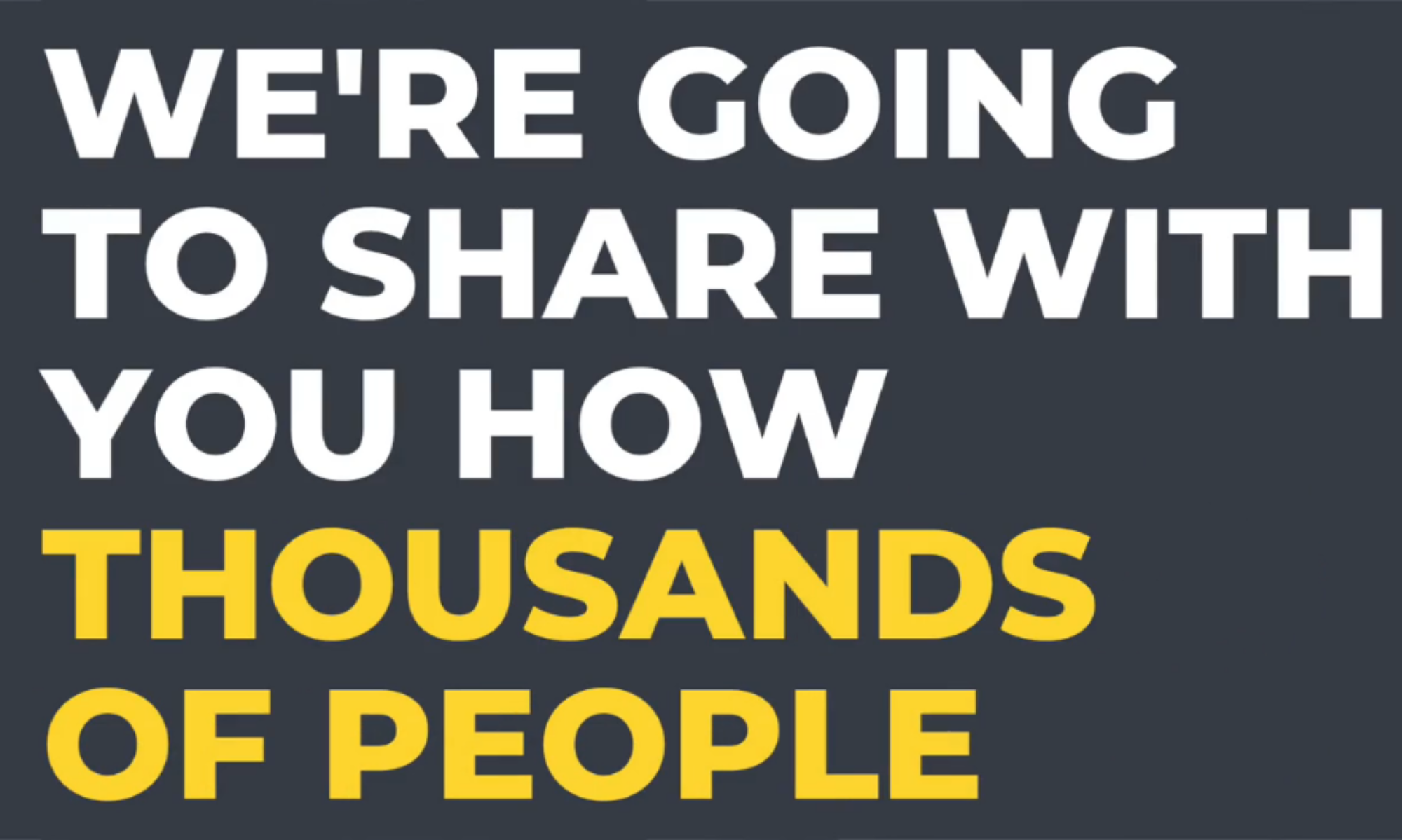
Imagine a soccer fan creating the next Ronaldo viral video. A basketball fan building Lebron’s newest social media campaign. Or a Miley Cyrus fan inventing her next influencer marketing project.
Sounds like fiction?
It might not be, if one of the most successful deepfakes-for-fun video platforms manages to come through on its plans to build a massive platform for celebrity multiplication: real celebrities participating in thousands, millions, or even billions of complete customized ads, interactions, or engagements with fans, and synthetic humans created for commercialization doing the same.
The platform is Reface, one of the biggest deepfake apps on the planet.
After catching fire last year — including growing from 10,000 to three million daily active users in just six weeks — the company has been building new technology to enable near-infinite content personalization using celebrities’ faces and bodies.
And not just celebrities: potentially every human being on the planet.
“You can use Cristiano’s face and you’ll be part of the story, for example, for the Nike and Cristiano ads,” cofounder Dima Shvets told me in a recent TechFirst podcast. “we want every human to have [his/her] own Hollywood in a mobile form.”
MORE FOR YOU YouTube Bug Cutting Creator Pay 50% Or More; YouTubers Becoming Desperate Using Artificial Intelligence To Transform An Industry? Nominations For The 2021 AI 50 List Are Open AirPods Max At $549 Feels Like A Middle Finger To People In A Pandemic Brands and celebrities are a big part of this vision, of course. Superstars can only appear in a limited number of ads in a limited number of languages. Deepfaking them could make it possible to do customized campaigns — even personalized — by the biggest celebrities. Imagine Michael Jordan selling you the latest Nikes. Personally, in live interactive video. Using your name. Suggesting a particular model, in your size and preferred colors. Or imagine Morgan Freeman as your new Siri, Google Assistant, Alexa, or Cortana. Not just in voice, but with a face and a body. Today that’s on a screen; tomorrow that might be a mixed reality mash-up via smart glasses. “We have like Siri, Cortana, this is just voice assistance you can talk to,” Shvets says. “What if you have full body swap with face swap … and you can actually synthesize your assistant not only by voice basis, but actually all the figures, all the traits, all the emotions.” Listen to the interview behind this story in the TechFirst podcast: Reface.ai was originally called Doublicat, after “duplicate.” The service didn’t catch fire, however, until it was renamed last year when its early users called the process of deepfaking it enabled “refacing.” While some deep fakes are created to try to reinvent reality, Reface is simply about fun. The quality is intentionally not high — “we give like about 10% of what we can do live” Shvets says — and the company is working on technology to identify deepfakes made with its platform, in case anyone tries to pass them off as real, including invisible watermarks and more. But while the consumer side of the app has taken off, Shvets and team are working on a bigger play.
Reface uses deepfake technology driven by AI to insert you into all kinds of different celebrity … [+]Reface
“We are aiming to create the first ever platform for content personalization,” Shvets says, referring to synthetic media featuring both real and “invented” people.
The company has already done campaigns for Justin Bieber and Miley Cyrus, plus big brands. During Covid-19, Reface has also enabled activity that couldn’t otherwise happen, do a fashion show with 20 models who couldn’t be in the same place at the same time, but were able to “participate” on the catwalk thanks for refacing technology.
The ultimate expression of that technology would enable stars, influencers, and even everyday average Janes and Joes to license their likeness for brands. Whether you think that’s a utopian or dystopian vision depends largely on your beliefs and perspectives, but it will open up massive new doors.
“You live in several live digital lives, when you actually have your only one life in real life,” says Shvets. “If you are an influencer, if you’re a digital influencer, a digital avatar, you’re not getting hurt, you don’t have any mental problems … and you can be really, a really working machine to make content.”
In other words, digital me makes money while I sleep.
Brave new world?
Perhaps. But almost certainly a coming new world.
It may start with fans creating deepfaked videos that celebrities can choose from to select the winning ad. But it’s likely to end with millions, if not billions of digital selves in infinite combinations licensed out for commercial use, invented by AI and animated by AI for whatever purposes designers and customers wish.
And, of course, for all our personal dreams.
Especially the unfulfilled ones.
“I dreamt to be a tennis player,” Shvets says. “Now I’m not a tennis player, but I can feel myself this way, yeah? And you know, like, to be honest, one of the greatest incentives why I do it because our product is about good, it’s about fun, it’s about positive emotions.”
Get a full transcript of our entire conversation here.


